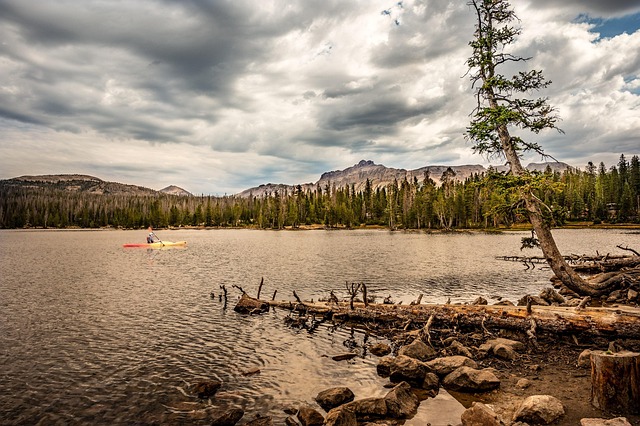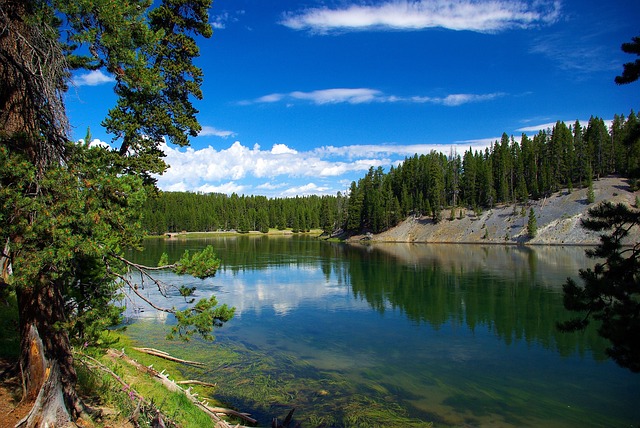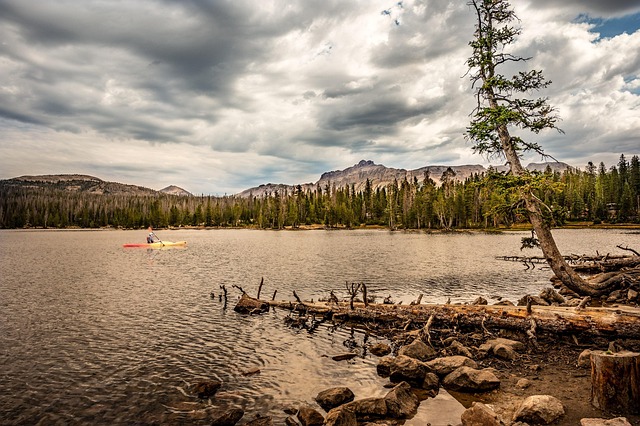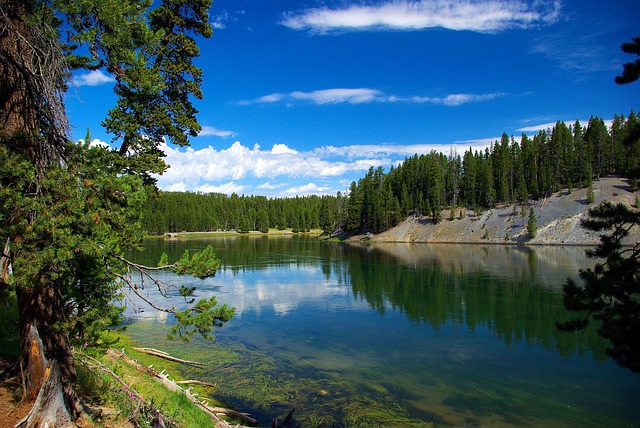Railroads and smelters significantly influenced historic real estate development by connecting communities, spurring growth near stations and industrial hubs, and leaving lasting environmental impacts. These factors shaped diverse properties, from residential lofts in former rail structures to cultural centers in revitalized smelters. Today, preserving cultural heritage through these historic sites not only engages communities but also drives economic growth in the real estate market by attracting visitors with immersive historical experiences, blending past and present seamlessly.
Discover the enduring legacy of historic railroads and their profound impact on real estate development. From the untold stories of their construction to the vibrant communities they fostered, railroads have left an indelible mark on our landscapes. This article explores how these ancient transportation routes shaped urban centers and rural areas alike, with a special focus on the integral role of smelters in industrial growth. Uncover the preservation efforts surrounding railroad-related historic sites and their significance in today’s real estate market.
Uncovering the Railroad's Impact on Historic Real Estate Development

The advent of railroads played a pivotal role in shaping historic real estate development. With their ability to connect previously isolated communities, railroads facilitated the growth and transformation of towns and cities. Developers soon realized the potential of these new transportation networks, leading to a surge in the construction of residential, commercial, and industrial properties along railroad corridors. The proximity to train stations became a desirable feature for prospective homebuyers and businesses alike.
This synergy between railroads and real estate development left an indelible mark on landscapes across the nation. Many historic districts boast grand structures that once served as train stations, warehouses, or factories, now converted into diverse residential lofts, retail spaces, and cultural centers. The railroad’s legacy continues to influence urban planning and design, with modern transportation infrastructure still often becoming catalysts for vibrant real estate revitalization.
The Role of Smelters in Shaping Industrial Landscapes and Communities

Smelters, integral parts of industrial landscapes, have played a pivotal role in shaping communities and economies for generations. These facilities, where raw materials are processed into pure metals, served as beacons of industrialization, attracting folks from all walks of life seeking employment and opportunities. The presence of smelters often led to the growth of nearby towns and cities, transforming agricultural or remote areas into bustling industrial hubs with a diverse range of real estate options, from worker housing to commercial spaces.
The impact extended beyond economic growth; smelters left indelible marks on the environment, influencing the landscapes and communities that sprang up around them. Over time, these areas evolved unique characteristics, becoming part of a larger industrial tapestry where the hum of machinery and the glow of furnaces were as defining features as the rolling hills or meandering rivers. This historical legacy continues to shape real estate values, community identities, and environmental considerations in many regions today.
Preserving Cultural Heritage: A Look at Railroad-Related Historic Sites Today

The preservation of cultural heritage through historic railroad sites is a vibrant testament to our past. These landmarks, once bustling with the rhythm of trains and industry, now stand as museums, educational centers, and popular tourist attractions. In today’s real estate market, these historic locations offer unique opportunities for community engagement and economic growth. Many former smelters and rail yards have been revitalized into vibrant cultural hubs, showcasing the region’s history and attracting visitors with immersive experiences.
This transformation not only preserves our cultural roots but also enhances local economies. Historic railroad sites often become anchors for community development, fostering a sense of pride and connection to the past. As these areas evolve, they integrate modern amenities while respecting the integrity of their heritage, ensuring that both locals and tourists alike can appreciate and learn from our rich industrial history.






